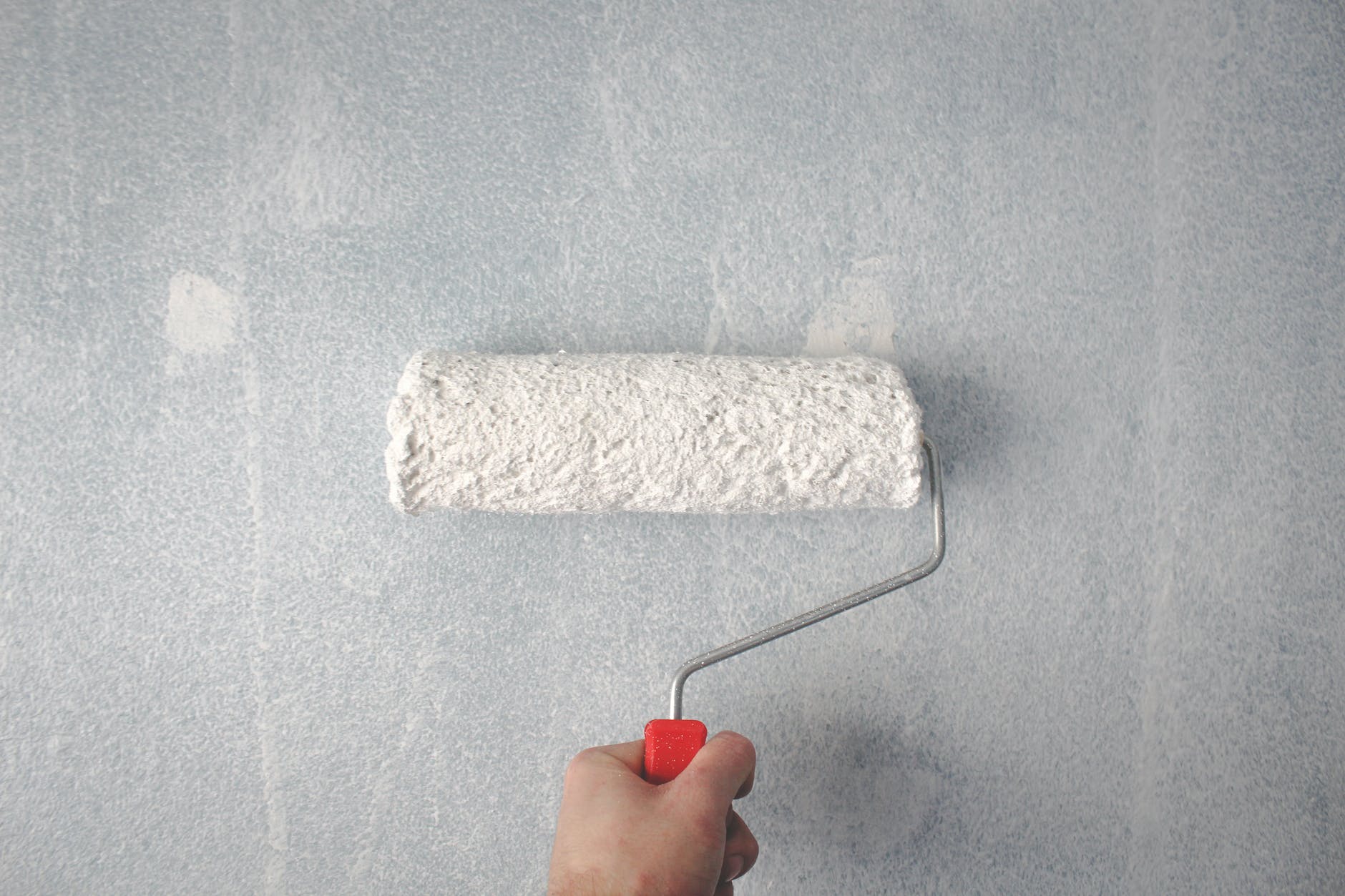House painters Adelaide is a visual language that expresses ideas and emotions in two-dimensional images. Historians believe primitive painters used mineral pigments ground up from natural deposits as markers to mark territory, beautify homes, or tell stories.
As technology advanced, paintings shifted away from rock walls and onto paper, canvas and ceramic surfaces. Modern painters continue to experiment with techniques and materials – including using metal, wood, sand or cement into their artworks.
Painting Techniques
Painting techniques refer to various ways a painter can manipulate canvas to achieve unique visual relationships through manipulation of color, tone, brushwork, texture and composition.
Landscape paintings, which depict natural scenes realistically, are among the most popular types of art today. Other popular categories of painting include still life depictions that seek to accurately represent everyday objects from around the home or domestic scenes.
Sfumato (the smoke effect) is an art style involving the use of color blending techniques that create indistinct lines in paint work, typically through glazes. Da Vinci popularized this style during Renaissance period painting. Check out for the cheap painter Adelaide.
Sgraffito is an artistic technique in which paint is scraped away to reveal layers beneath. It is an effective way of adding rough textures such as grass, hair or scratches; particularly effective when used over dark or dried areas and works great when combined with light transparent paints – used either intensify shadows or modulate color.
Painting Materials
Paint, canvas and brushes are essential art supplies that serve to express an artist’s cognitive level and emotional experience (Markova 2019).
Painting materials produce various visual effects and can help painting learners establish their own painting language and characteristics (Markova 2019).
To create oil paints, a medium such as linseed oil is needed. This ensures some of the binding strength that has been lost through diluting can be maintained as well as making cleaning brushes easier. Furthermore, oil allows you to observe “fat over lean,” whereby more paint can be applied in thicker strokes, creating greater detail.
Pastels, acrylic and watercolor painting materials include pastels, acrylic and watercolor paints as well as water-based paints such as water-based gouache (with white pigment added for increased opacity) or water-based water-based water-based gouache paints that you can clean with water alone are also great choices for ease of use and clean up with water alone; alternatively you could purchase either savon de Marseille or olive oil-based cleaning products to maintain them properly.
Painting Subjects
Painting is the expression of ideas and emotions using visual language created on two-dimensional surfaces, using shapes, lines, colors, tones, textures and other visual components to communicate ideas or emotions through painting. This visual language includes shapes, lines, colors tones textures that can be used to represent natural scenes objects, narratives or create entirely abstract visual relationships.
Painting was once one of the only reliable means of recording natural events or landscapes, which made them an integral part of human cultural heritage.
While painting has certainly evolved through time, it remains an integral component of world culture. Practiced both professionally to sell their artwork or by amateurs for personal enjoyment alike, paintings can depict anything from family portraits to elaborate landscapes; subjects often chosen include people, animals, plants, still lifes and landscapes; more realistic paintings strive to depict each subject matter accurately.
Painting Styles
Artists utilize various painting styles when creating stunning works of art. Each medium and technique used varies significantly to achieve its specific look, making experimenting with these various styles an invaluable way of honing art skills and finding your own distinctive artistic voice.
Some painting styles are naturalistic and representational, depicting specific scenes or subjects; others are more abstract or conceptual, disavowing realism altogether. Others draw their inspiration from particular artists or movements like impressionism with small brush strokes building a larger picture; or expressionism which uses vivid colours and shapes to shock its audience.
Paint can also be applied to surfaces other than canvas, such as glass, metal, and wood. The results can either be opaque or translucent depending on what effect the artist wants to achieve, and even painted using special gesso or transparent glaze that allows light to pass through it for an elegant stained-glass effect.

